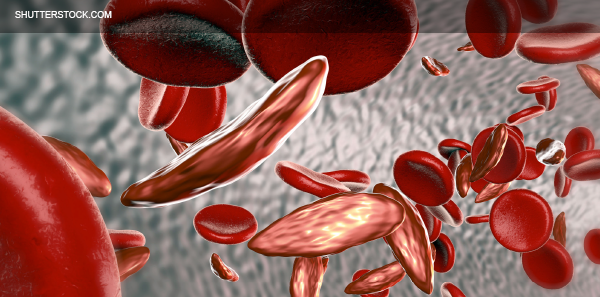
Adults with sickle cell disease who are experiencing a vaso-occlusive crisis may have better outcomes when they receive treatment at an infusion center than at the emergency department, a new study suggests.
Researchers examined data on 269 adults with sickle cell disease who had a total of 1,441 acute care visits on a weekday for uncomplicated vaso-occlusive crisis (VOC). Overall, 241 of these visits occurred in emergency departments (EDs) and 1,200 occurred at infusion centers (ICs).
Mean waiting times for the first dose of parenteral pain medication were shorter in ICs (62 minutes) than in emergency departments (132 minutes), the study found.
In addition, patients were significantly more likely to get their pain reassessed within 30 minutes at ICs than EDs (risk ratio 3.8). Patients also had a much higher probability of being discharged home instead of admitted to the hospital when they were treated at the IC and not the ED (RR 4.0), the authors report in Annals of Internal Medicine.
“We anticipated the decrease in hospital admission rates but I don’t think we anticipated how big a difference there would be,” said lead study author Dr. Sophie Lanzkron, a professor of medicine and oncology at the Johns Hopkins University School of Medicine in Baltimore.
“More rapid receipt of pain medication and assessing whether that pain medication works is better care, and as we show, leads to better outcomes,” Dr. Lanzkron said by email.
One limitation of the study is that the analysis of outcomes from IC and ED visits on weekdays may not be representative of what might occur on evenings and weekends, the study team notes. Often, IC treatment is only an option on weekdays, they point out.
Even so, the results are not surprising given the narrower treatment focus of ICs compared with EDs and the higher likelihood that ICs will have clinicians specially trained to manage sickle cell disease, said Dr. Julie Kanter of the University of Alabama at Birmingham, author of an editorial accompanying the study.
“I think you will also find that the patients treated mostly in infusion centers have less secondary complications including acute chest syndrome, central line infections, etc,” Dr. Kanter said by email.
The study didn’t examine the cost-effectiveness of treating sickle cell disease in ICs as opposed to the ED. However, it stands to reason that prioritizing treatment of sickle cell disease in the settings with the best outcomes and the best trained clinicians could improve the quality of care and save money, Dr. Kanter said.
Pages: 1 2 | Single Page



No Responses to “Sickle Cell Outcomes Better at Infusion Center Than Emergency Department”